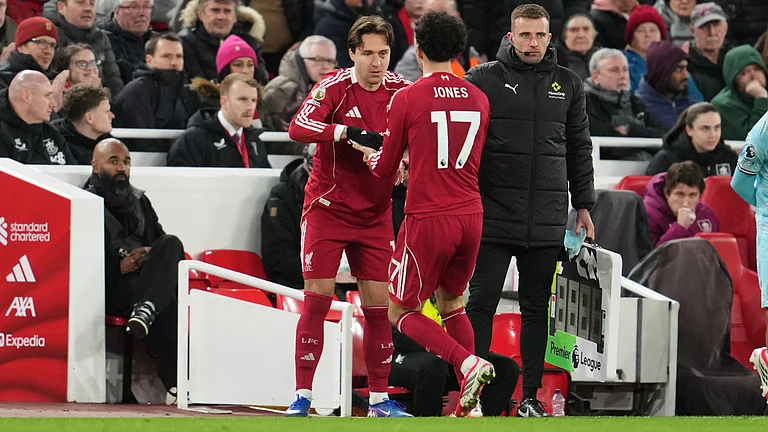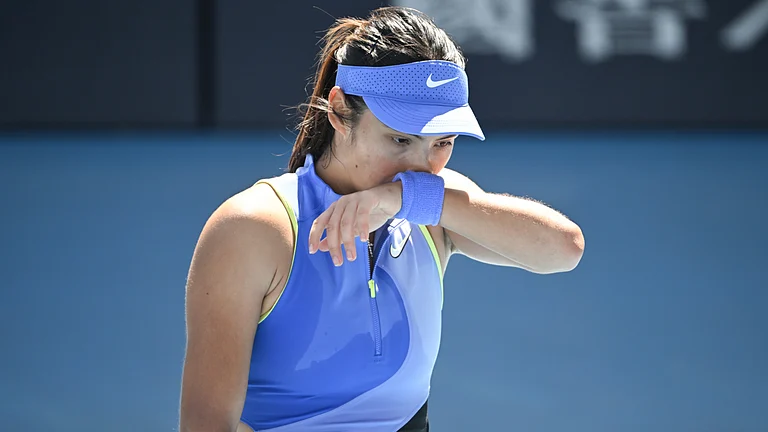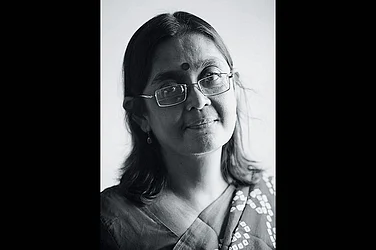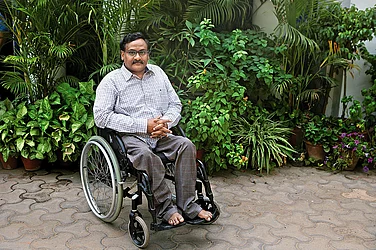- Acknowledge it is more than a law-and-order problem. Pursue a holistic approach, simultaneously focusing on development, providing employment and land distribution.
- Provide funds to affected states to modernise the police—improve infrastructure, acquire weapons and communication equipment.
- Other states should follow the Andhra Pradesh model where the state has succeeded in checking the Maoists by raising special forces.
- Start people's movements, like the Salwa Judum (SJ) in Chhattisgarh, to fight Maoists.
- Deploy security forces in worst-hit areas. Centre bears costs for three years.
- Increase employment opportunities by earmarking 40 per cent recruitment in central paramilitary forces for areas affected by militancy and Naxalism.
- Allocate Rs 2,475 crore for 55 worst affected districts under the backward districts initiative.
- Ensure a collective and coordinated approach and response from the states.

And though the government roots for popular 'uprisings' against Maoists, security and intelligence experts are critical of such government-backed vigilante groups like the SJ, which has had a controversial run ever since it was set up in Chhattisgarh last year. The critics think that the tribals who form the SJ are being used as cannon fodder and becoming targets of the Maoists. The adivasis are only being forced into a spiral of messy violence.
In fact, home secretary V.K. Duggal told Outlook that the Chhattisgarh government has been asked to stop the SJ till it can consolidate the group and arm them better. The state of Chhattisgarh, he said, was being treated as a "testing ground" by the government. If the SJ experiment succeeds there, then it'll be replicated elsewhere. Duggal said that the states have also been asked to fill the vacancies in their police force. Chhattisgarh has 4,000 such, while Bihar has as many as 20,000.
There is equal scepticism over the suggestion of a coordinated approach among states. "A joint task force between two states to catch one thug like Veerappan failed. Finally, police from one state succeeded in killing him only by keeping their plans secret from the other. How does the government expect nine states to work together?" asks one intelligence expert. The solution, according to him, is for the Centre to have a greater role in tackling the problem.
Former IB director A.K. Doval, in fact, spells out the agenda. The right strategy, he says, would be for the Centre to move into the worst-affected pockets, take over the administration and make roads, set up schools and other infrastructure. "Each state has a different problem. Just giving extra money and security forces will not help. Tough decisions and tough measures are required," he says. His formula therefore: Once the state establishes its presence in an affected district, then development work can be taken up.
At present, though, it is a vicious circle. Government agencies cannot move in because of the fear and threat of the Maoists, making it easier for the latter to continue their free run. And if the government does not act soon, the Maoists may well go ahead with their ambitious plan of controlling 30 per cent of the country in the next five years. Documents of the Maoists' 'central military commission', seized by intelligence officials in February, revealed plans to set up military commands in Delhi, Haryana, Punjab, UP and Uttaranchal, and of extending violence to urban areas and targeting industries.
Of course, such plans may remain in the realm of grand illusion. But the security apparatus cannot afford to take chances or compromise on its preparedness or alertness. It's a good start: the Centre has at last put on its thinking cap and not dismissed the Maoist problem as a law-and-order issue to be handled solely by the state governments.


























